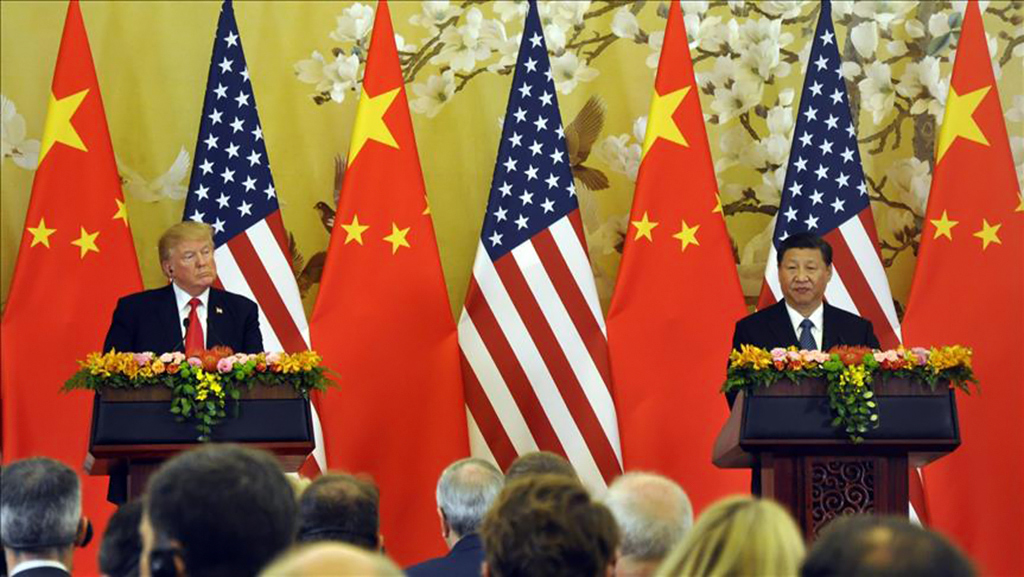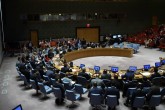In the last two weeks, there were two important developments in regards to U.S.-China relations that generated concerns about the future trajectory of bilateral ties of the two largest economies. Once some analysts considered relations between these two countries as the G2 and their cooperation was considered as the best potential way to resolve global challenges. Those who indicated the complex interdependence between the two emphasized the economic relations will be the biggest crisis manager and safety valve of potential tensions in the future.
Some even invented a new concept of MAED, Mutually Assured Economic Destruction, meaning that the destruction of one of the economies will lead to the devastation of the other one as well. Thus, they were thinking that there would not be a head-on confrontation or even economic war between the two countries. The developments that took place in the last couple of weeks demonstrated that relations that seem too big to fail, however the size of the relations, also comes with a significant degree of vulnerability. Even during the Obama administration the relations started to sour following the Asia pivot policy of the U.S. and the increasing militarization of China in the South China Sea. The U.S. considered the South China Sea as an area of national interest and started to object to the Chinese attempt to establish bases on these islands. With the Trump administration bilateral relations entered a rather difficult-to-predict period of its history. In some instances, the relations witnessed a onetime only crisis, such as the tension in relations following the telephone call between the leaders of the U.S. and Taiwan.
On the other hand some other issues, such as the South China Sea crisis became less visible in bilateral relations. One of the more consistent crisis themes of the Trump administration has been in regards to trade between the two countries. Following the failure of the resolution of trade disputes through negotiations, the Trump administration started to raise tariffs on imports from China. Following the first step, the U.S. administration also announced that it would impose a 10 percent tariff on $200 billion worth of imports. The expectation is that this will increase to 25 percent by the end of the year. Chinese retaliation for these tariffs would definitely escalate tension.
Furthermore, President Trump warned that he could also adopt additional tariffs on $267 billion worth of imports, which would mean increasing tariffs on all imports from China. So far, neither the ongoing negotiations nor the threats of China to retaliate have changed the situation. Making things more challenging this week, the U.S. adopted sanctions on China’s Equipment Development Department (EED) in regards to its purchase of SU-35 combat aircraft in 2017 and S-400 surface-to-air missile system-related equipment. China’s r
esponse to the sanctions by the U.S. was again to threaten the U.S. with retaliation. At this critical juncture it is not clear what will determine the future of U.S.-China relations. Even in the case of a resolution of trade disputes we continue to see the tension between the two great powers in different areas.
Infringement of intellectual property rights began to be more than an economic issue due to mutual allegations of business spying and hacking claims. Tension in the South China Sea can flare at any moment. The dispute in regards to the ownership of the Senkaku Islands can once more bring the U.S. in the midst of the conflict between Japan and China. The U.S. concern about China’s regional initiatives, including the Asian Infrastructure Investment Bank and its “One Belt, One Road” policy, have started to be pronounced more loudly in Washington, D.C. nowadays. The two countries also started to reflect differing perspectives about the current state and future of the international system. In fact there are just too many variables that can influence relations between the two countries in the coming period. Not many people are expecting a head-on confrontation between the two countries; however, those starting to talk about “a tragedy” in great power politics continue to rise.
[Daily Sabah, 23 September 2018]



